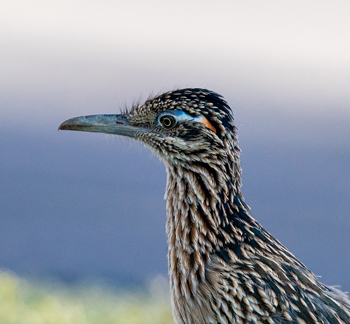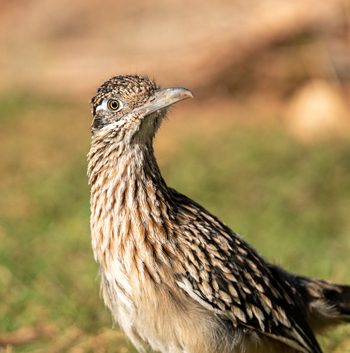|
November
2020
Contents
Monthly Meeting
Upcoming Field Trips
President's Message
Bird of the Month
Field Trip Reports
NOVEMBER MEETING:
According to the updated guidance from the
governor’s office, our county is currently in High Transmission Status which
means gatherings are restricted to 10 people or less and a 6 ft. distance must
be maintained. We want to make sure we’re keeping everyone safe and complying
with state guidelines so we will not be meeting again until our county
transmission status drops back down to moderate or low. We really miss seeing
all of you and we are looking at options for virtual meeting/online presentation
options we can do in the meantime. Stay safe and happy birding!
Keeli
FIELD TRIPS:
|
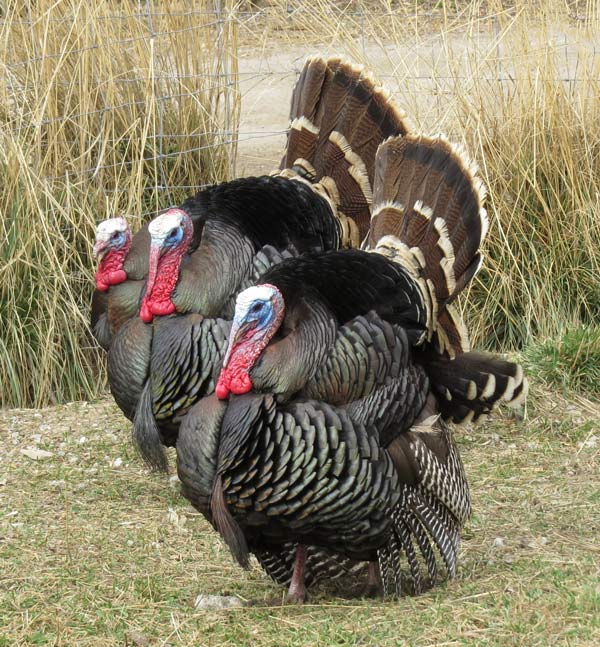
by Cliff Miles
©Cliff Miles |
ANNUAL TURKEY TROT
November 21, 2020
Because of covid 19 restrictions, everyone can try to
find 20 Wild Turkeys for this year challenge on their own. You can
choose any day during the month to complete
Challenge #25
-- "see 20 turkeys on our annual Turkey Trot field trip."
Here's a list of the usual places East Lawn Cemetery, South Fork, Hobble Creek, Elk Ridge and Payson Canyon.
Christmas Bird Count
December 19, 2020
The Provo Christmas Bird Count will be held on Sat. Dec
19th. Due to Covid, we will not be holding our regular December bird
quiz/prep for the bird count. Also this year we will not be doing the
post-bird count potluck and will ask everyone to email their results.
Participants are encouraged to use separate vehicles if birding by car
unless it is with immediate family. We should also wear masks when around
other people in the field. Contact Bryan Shirley at bt_shirley@hotmail.com
or 801-722-9346 for more info.
President's Message -
Novemberr 2020
by Machelle Johnson
The year 2020 will soon be done. Have you been able to
have some fun?
|
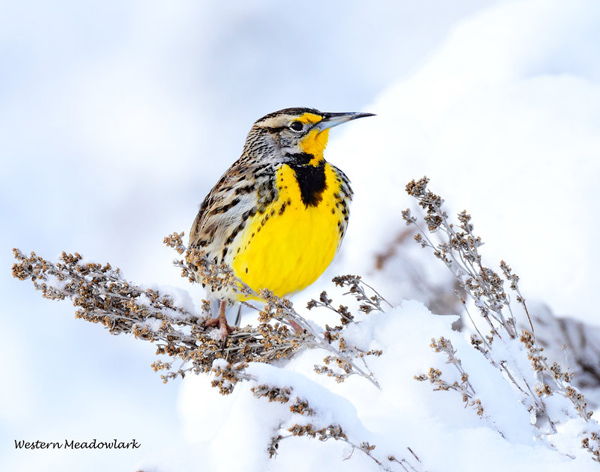
Western Meadlowlark
by Paul Higgins
©Paul Higgins |
Has your 2020 vision helped to you see enough birds in each categoreee???
We've got 2 months to go for this challenge year - where do you stand? I think
I'll be able to complete 20 of the items, but not the 20 I thought I could do
last January.
I've been able to see over 220 birds in Utah, but not in Utah County. I've only
made it out to 18 counties so far and only 14 State Parks. I got 20 shorebirds
and waterfowl but not 20 warblers or sparrows. I should have gone on 20-1 mile
walks but I didn't...My Big Day was only 67, and I'm not anywhere near 120 in
for a
big month. I was counting on a lot of help for identifying trees and
shrubs. Turns out I don't know as much as I thought I did. I've really missed
the expert help from our club members!
I added my own category, 'Go Birding on your Birthday', can I count that?
I took photos of 20 birds with my cell phone. They are terrible, but they count
for #29. We are counting any birding outings as field trips so if you've been
out by yourself or with others you can count those times for #15. We are
planning to do the Turkey Trot, #25, and the Christmas Bird Counts, #10. I would
say if you did the Payson Christmas Bird count last January and you do the Provo
Christmas Bird Count in December you can count both, instead of just marking off
#10 for one.
I've really enjoyed seeing your posts on the Facebook page, and reading reports
in the Newsletters. The Big Sit was a lot of fun and I'm looking forward to the
Turkey Trot and the Christmas Bird Counts. We've gone back and forth about
getting together as a group, but feel that it is in everyone's best interest if
we don't do that for now, seeing the high numbers in positive covid cases. We
are working on a way to have a January 'virtual' meeting for the Challenge
Awards. Perhaps a live Facebook event, or a 'Zoom' meeting, maybe YouTube. We
will keep you posted.
So, keep working on your numbers, we'll get through these last two months of
this crazy year! I hope that you all stay healthy and can get out and about.
I'll see you out there!
|
|
|
|
BIRD OF THE MONTH:
|
|
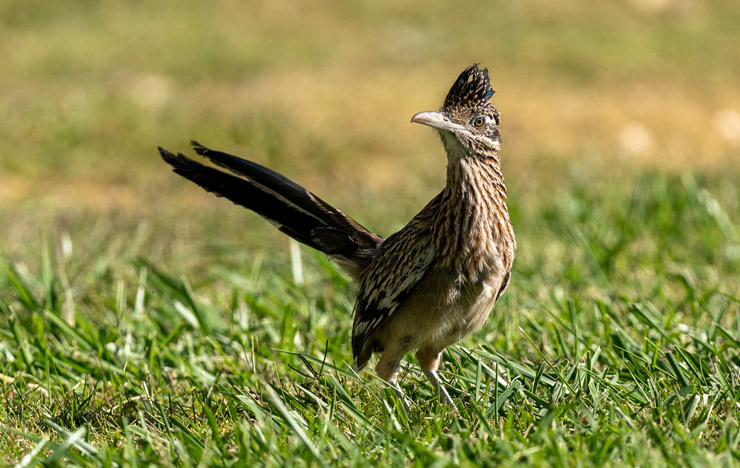
All photos by Douglas Denys
©Douglas Denys
|
|
Greater Roadrunner
(Geococcyx californianus)
by Douglas Denys
Order: Cuculiformes
Family: Cuculidae
Species: Geococcyx californianus
BEEP! BEEP! Perhaps the most recognized call of any bird, to both birders
and non-birders alike. The roadrunner certainly gave poor Wile E. Coyote many
frustrations and its viewers delight. A childhood favorite-I watched every
episode.
The greater roadrunner is a special bird and is also known as the chaparral
cock, ground cuckoo, and snake killer. The Hopi thought it protected against
evil spirits. Frontiersmen believed roadrunners led the wandering back to
trails. In Mexico they delivered babies like the fabled white storks in Europe.
Unlike other cuckoos, roadrunners are ground birds. They are long-tailed large
birds with dark-brown and white streaked feathers often seen with a raised
unkempt crest. Average length is 21-23 inches with a weight of 11-13 oz. They
are smooth, strong runners that position their head and tail parallel to the
ground. When hunting and standing they often cock their heads in odd positions
or stand with tail up or down. Their X shaped foot print is distinctive-caused
by four toes, two set forward and two backward. The cartoon roadrunner always
escaped, but the truth is the maximum speed of a roadrunner is about 25 mph.
Coyotes are much faster and can run up to 43 mph.
Roadrunners are widespread across the southwestern United States from California
to Louisiana and from southernmost Utah to Mexico, but not common at the edges
of distribution. They are usually solitary and live at low elevations in open
brushy areas often with mesquite, pinyon, and juniper shrubbery within deserts
and chaparral. They may be seen perched or motionless along road edges waiting
for prey. They are most active a few hours after sunrise and from late afternoon
to evening. They hide in cover in the day to avoid heat. These territorial birds
are monogamous and both birds participate with nesting: the male collects
material and female constructs the nest. Usually a single clutch of eggs is
produced per year.
Special adaptations
for desert life include panting to reduce heat, and the ability to lower their
temperature at night. Special nasal glands secrete salt. Urine and moisture is
absorbed by the GI tract to retain fluids. Sunbathing to re-heat is facilitated
by ruffed feathers and spread wings to expose black skin. They will take
advantage of water but get most moisture from foods they eat particularly
mammals, insects, lizards, birds, eggs, and carrion. Snakes of all sorts
including venomous varieties are on the menu and they will grasp snakes by the
head with their strong beaks and wack them against hard ground and rocks.
I am always delighted to see my favorite childhood bird in the wild. This bird
was seen in in Snow Canyon State Park in late afternoon. Sony a9 600m F4 ISO100
1/2500.
Douglas Denys
Sources:
Birds of North America, Francois Vulleumier. Pg 320.
2009. Penguin Random House.
The Sibley Guide to Birds. David Allen Sibley. 2014.
Ebird
Wikipedia
|
|
Field Trip Reports
(There are Individual Field Trip Reports on our
Facebook Page)
|
|
|
|
Southern Utah State Parks
Challenge # 7
See 20 species in 20 Utah State
or National Parks
by Suzi Holt
|
A couple days before Fall Break
Amanda, Tatum, Jessie and I headed to Southern Utah. We met my mom and Aunt
Geniel so we could add a few more State Parks to our challenge.
On Wednesday we got up and headed to Snow Canyon. Our first bird of the day
was the best bird GREATER ROADRUNNER eating a moth!!! If you are
looking for them you won't find them...if your not they will be there! |
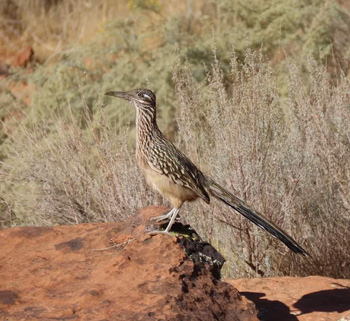
Greater Roadrunner
|
|
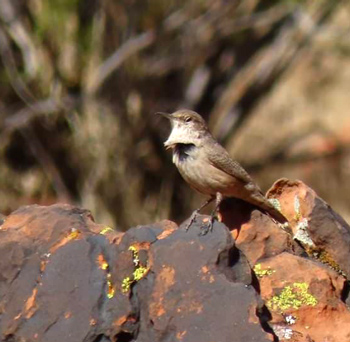
Rock Wren
|
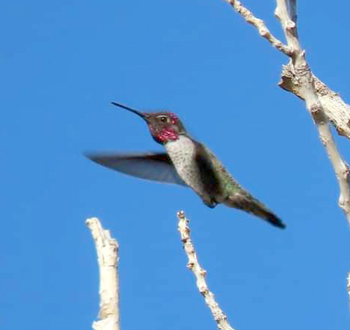
Anna's Hummingbird
|
After the Greater Roadrunner we saw House Finch, Common Raven
and a Rock Wren.
At the campground we were greeted by Woodhouse's Scrub Jay, ANNA'S
HUMMINGBIRD, GAMBEL'S QUAIL, Dark-eyed Junco, Red-tailed Hawk,
Ruby-crowned Kinglet, White-crowned Sparrow, Chipping Sparrow, Verdin,
Canyon Wren and Red-naped Sapsucker, some got to 13 or 14 and I
got to 15. It was a rough day for birding in Snow Canyon. The summer stuff
has gone and the winter birds haven't settled in yet. |
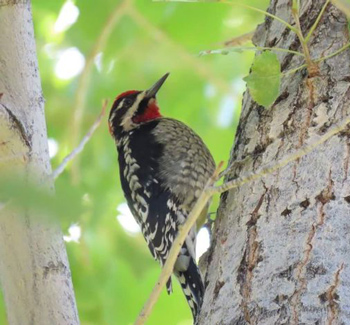
Red-naped Sapsucker
|
|
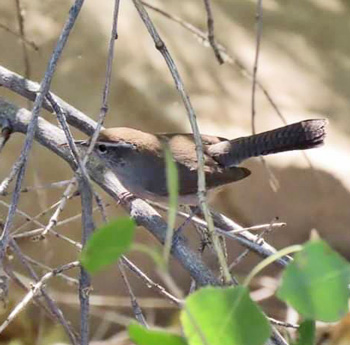
Bewick's Wren
|
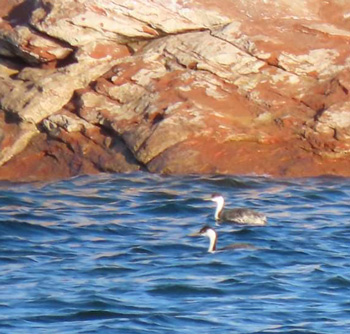
Western Grebes
|
|
Next stop Veyo pies
for a LEMON SOUR CREAM pie! Yum!!!
Down the steep grade into Gunlock SP.
We finished there pretty quickly. Highlights were Osprey, BEWICK'S WREN
and Horned Lark! It was really hot and we were hungry so we headed
home to eat. After dinner we checked out Sand Hollow it was a bust with only
9 species...we did find Western Grebe, Great-tailed Grackle, lots
American Coots and Ruddy Ducks and a few others. |
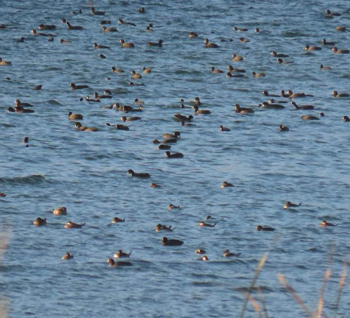
|
|
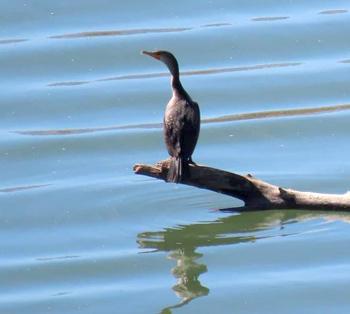
Juvenile Double-crested Cormorant
|
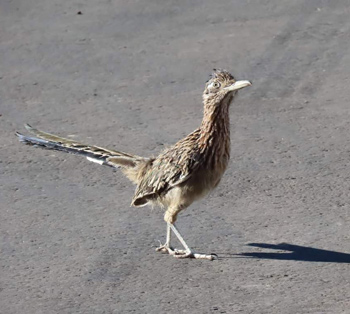
Greater Roadrunner
|
|
On Thursday morning we headed back to finish Snow Canyon. Sadly we didn't
finish but the rest added White-crowned Sparrow, Red-tailed Hawk and
Common Raven and we saw another ROADRUNNER!!! Everyone was now
at 15!!
We decided to go to Tonaquint so Amanda could find her last Sparrow for
the challenge...ABERT'S TOWHEE! We also saw a couple Ladder-backed
Woodpeckers another Southern Utah special. |
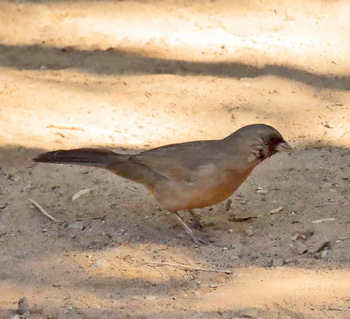
Abert's Towhee
|
|
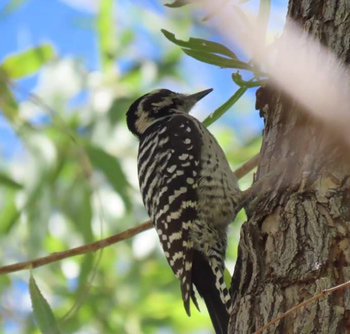
Ladder-backed Woodpecker
|
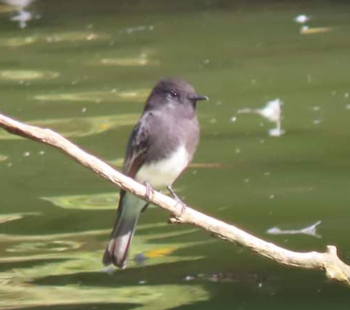
Black Phoebe
|
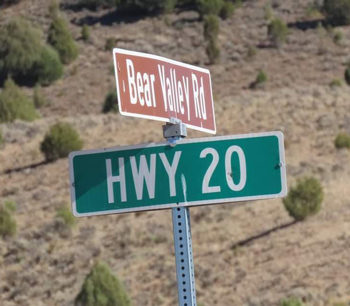 |
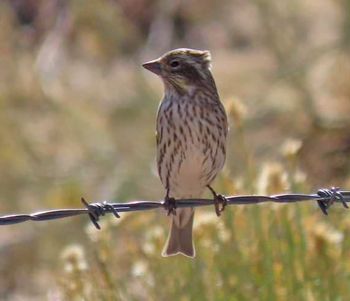
Cassin's Finch
|
We headed out for Hwy 20 and added CASSIN'S FINCH, Townsend's Solitaire,
Red-tailed Hawk and White-crowned Sparrow. I think we are at 13!
That road is really not too birdy! We then met Bruce and Izzy and Sammy for
Fall Break above Hatch Town for some camping, sightseeing and fishing.
|
|
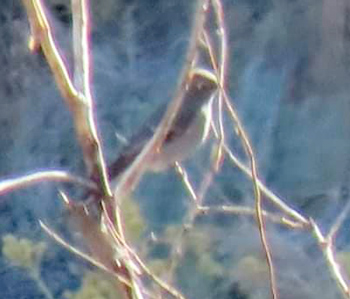
Townsend's Solitaire |
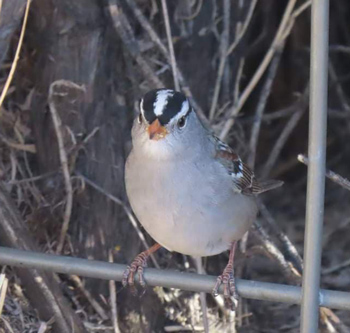
White-crowned Sparrow
|
We'll have to try again next month around Thanksgiving to finish Snow Canyon
and Sand Hollow. It was a fun trip even though we only completed Gunlock!
Good birding! |
|
|
|
|
|
If you have had any interesting
field trips on your own this month,
feel free to write a report for the newsletter!
(Send it to:
ucbirders@utahbirds.org)
|
|
|




